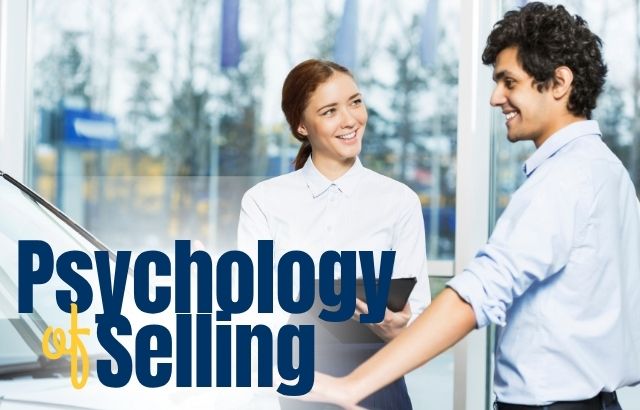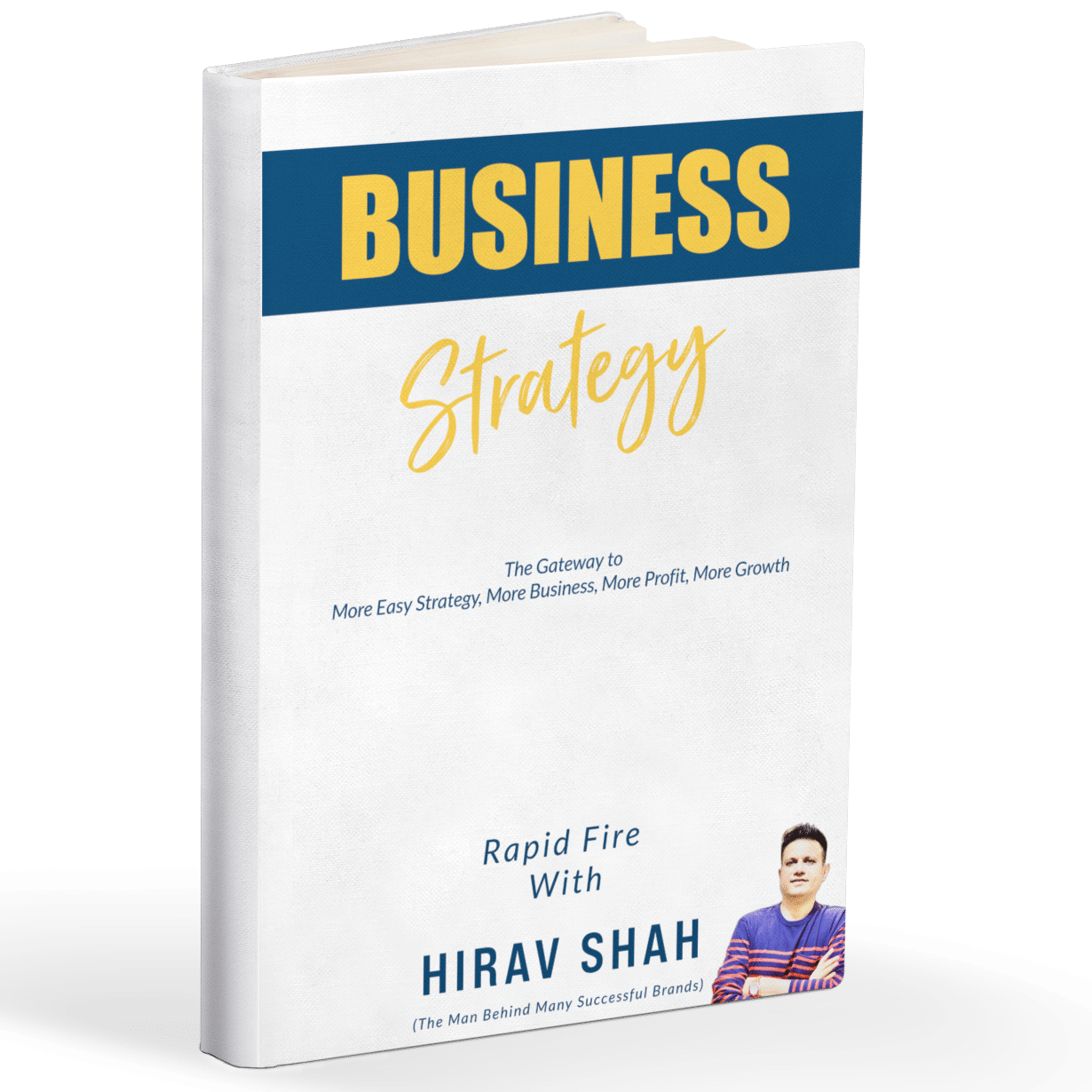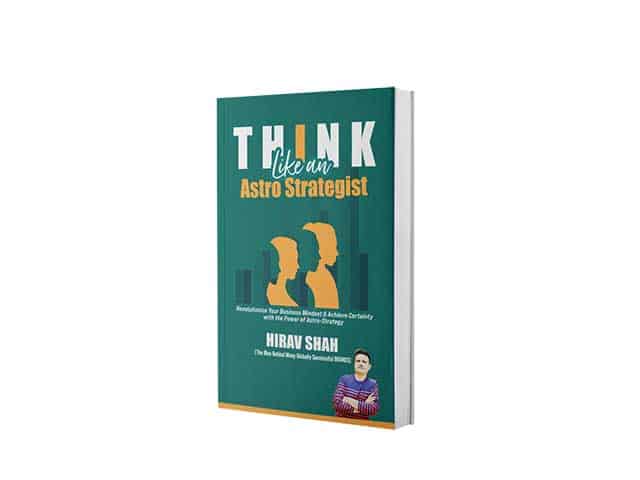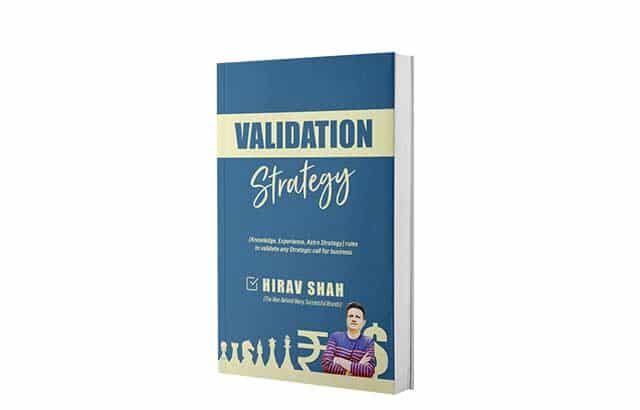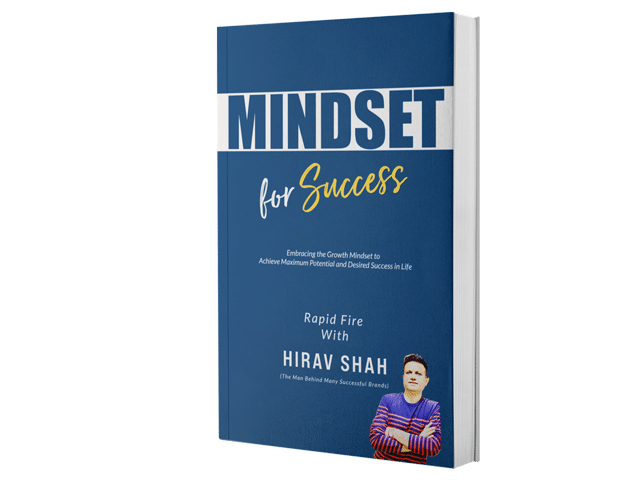It was late evening in London. I sat across from the owner of a brand struggling to survive amid fierce competition. Her eyes brimmed with frustration. “We know our product,” she said, voice trembling, “but we don’t seem to connect with customers anymore.”
That moment became a turning point—not for her alone, but for me. In that challenging boardroom, I realized the true essence of business turnaround: to understand your customers’ psychology. Only when we grasp what truly moves them—emotionally, cognitively, socially—can we design brands that are not just bought, but embraced. From that day, I vowed: every business we touch must first resonate with what customers really need.
Table of Contents
1. Customers Buy Emotionally, Justify Logically
- Research shows that around 75% of purchasing decisions are driven by emotion, with logic serving only to rationalize the choice afterward
- According to Harvard Business Review, emotionally connected customers are twice as valuable as merely satisfied ones
The Value Accelerator Approach:
Tell brand stories that evoke emotion: problem–solution arcs, transformations, customer journeys. Build emotional resonance before presenting features.
2. Personalization Supercharges Conversions
- Personalization can drive 5–15% revenue growth in sectors like retail and travel, per McKinsey
- 80% of consumers are more likely to buy when experiences are personalized
Hirav’s Playbook:
Use customer data—past purchases, behavior, segment—to craft tailored messaging. Segment audiences and speak to their specific pain points.
3. Harnessing Social Proof, Scarcity, and Authority
Social Proof
- A BrightLocal study shows 91% of consumers read online reviews before buying
- Displaying reviews can increase conversions by up to 270%
- 92% of buyers trust referrals from people they know
Scarcity & Urgency
- Scarcity messaging can boost desire by up to 50%
- Charm pricing (e.g. ₹299 vs ₹300) has lifted sales by 24–60%
Authority & Expertise
- 63% of consumers are more likely to buy from companies seen as authoritative in their field
Implementation Tip:
Feature industry-specific testimonials, case studies, limited-time offers, and expert content as trust signals.
4. Behavioral Design & Cognitive Biases
- Anchoring, decoy pricing, bundling, and installment framing shape decision-making
- Stories can increase consumers’ willingness to pay by as much as 32% compared to factual presentations
- The Foot-in-the-Door technique, where small initial requests lead to larger commitments, improves compliance more than incentives alone
What We Do:
Frame pricing strategically. Begin with small asks (e.g., a free audit), then expand offers. Package offerings to make the optimal choice obvious.
5. Persistence, Rapport & Feedback Build Long-Term Bonds
- Companies that engage customers well can generate 1.7× to 3.4× more revenue than peers
- A 5% rise in customer loyalty can increase profits by 25–95%
- Customer delight, going beyond satisfaction, leads to repeat business and referrals; even a small retention lift can yield 25–100% profit gain
- 50% of sales occur after the fifth contact, yet most reps quit early — persistence matters
- Follow-up within an hour can raise contact likelihood by 7×, and proper follow-ups boost conversions by up to 70%
Our Blueprint:
Train teams in empathetic questioning and active listening. Follow up persistently with value-added content. Monitor customer satisfaction and use feedback loops to improve.
6. Turning Data into Understanding
- Market segmentation, especially behavior‑based segmentation, uncovers real customer needs—not just demographics
- 35% of Amazon’s sales stem from personalized recommendations, underscoring data’s power .
Your Next Steps:
Use CRM and analytics to segment by behavior and need. Craft offerings that align with each segment’s specific goals and barriers.
Final Thoughts: The Value Accelerator Ethos
At the core, sales psychology is not manipulation—it’s meaningful alignment. As Hirav Shah, I believe world-class brands are built by decoding what customers deeply want—and delivering it with emotional intelligence, data insight, empathetic communication, and authority.
By integrating emotion-first storytelling, personalization, social proof, scarcity, strategic framing, persistence, and data-driven segmentation, you don’t just make sales—you accelerate value.
The Psychology of Selling: Understanding Customers – Key Stats at a Glance
| Insight | Statistic |
|---|---|
| Emotional buying | ~75% decisions emotional, HBR says emotionally engaged customers are 2× more valuable |
| Personalization | Revenue lift of 5–15%, 80% more likely to buy |
| Social proof | 91% read reviews, conversion lift up to 270% |
| Scarcity & pricing | Desire lift up to 50%, charm pricing boosts 24–60% |
| Persistence | 50% of sales after 5+ touches, follow‑up can +70% conversions, contact odds 7× faster |
| Customer retention | 5% loyalty gain → 25–95% profit increase, engaged customers generate up to 3.4× revenue |
If you’d like help applying any principle or want to craft a bespoke sales psychology strategy tailored to your brand’s needs, I’m here. Let’s turn customer understanding into customer delight, and delight into exponential value.
— Hirav Shah, Business Turnaround Specialist & Value Accelerator

